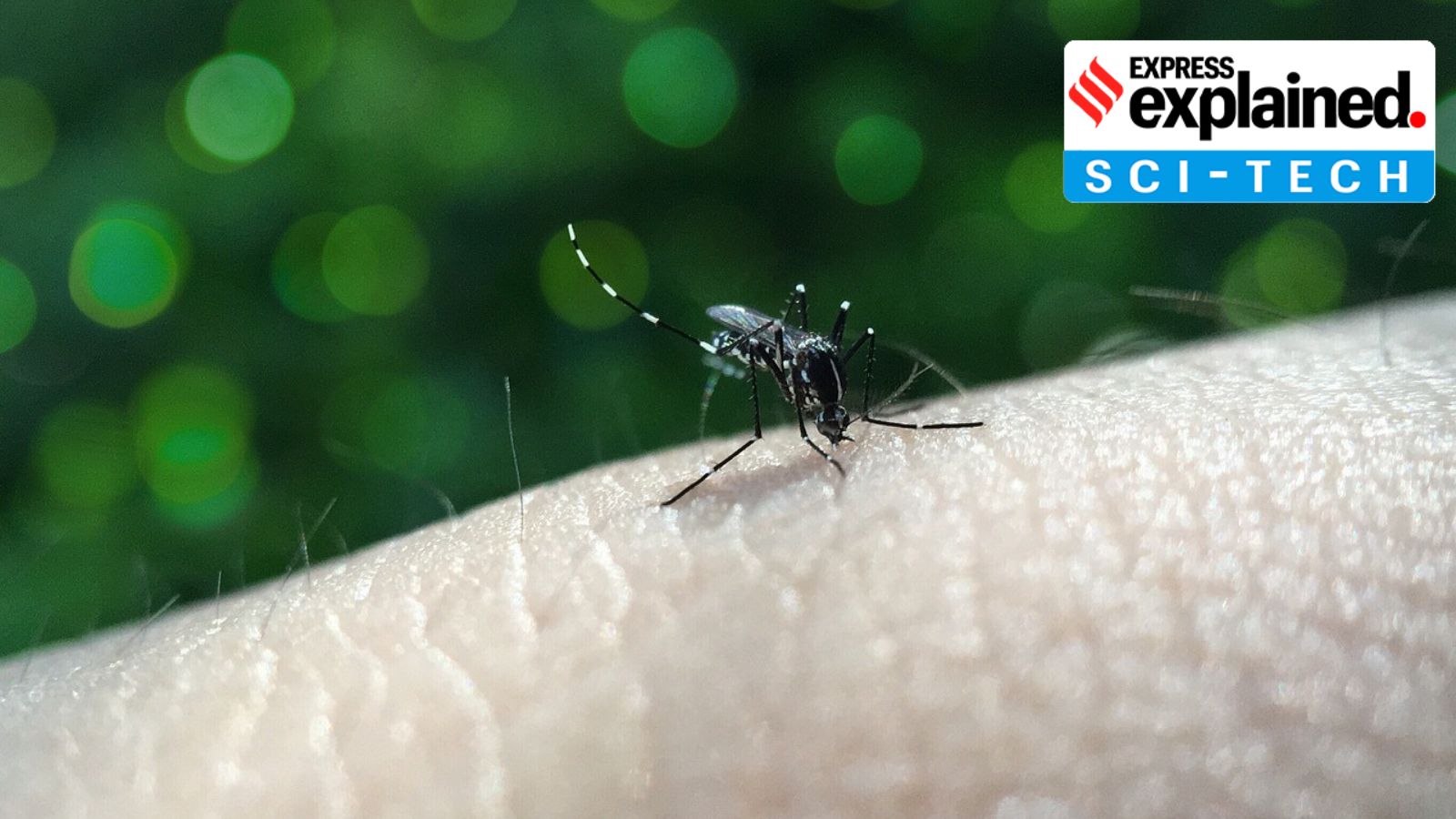Written by Clare Roth Travel-related cases of dengue, like travel-related cases of malaria, are not uncommon in Europe. People get home from a trip to a hotspot, they come down with dengue, rest for a few days and then get back to their normal lives. Problems arise when dengue-infected individuals find themselves in a statistically unlikely situation: the weather in their home country is warm, they live in an urban area, or they get bitten — at home — by an Aedes mosquito, which then carries the dengue virus to another person.
Advertisement The chance of all these circumstances coming together in Europe is very low. Cases of locally transmitted dengue on the European mainland were rare, as statistics collected between 2015 and 2019 show: European countries where the mosquito that spreads dengue is established, saw about 3,000 cases of travel-related dengue, but only 9 cases of local transmitted dengue. But in 2022, cases rose higher than in the past seven decades on the European mainland combined — with 65 cases in France alone.

In 2023, the number of cases rose even higher to 130 cases, largely in France and Italy, and a handful in Spain. Advertisement Also Read | Explained: Dengue fever, how it spreads and how it can be controlled By June 2024, the European Centre for Disease Prevention and Control (ECDC) said countries had already reported an increased number of imported dengue cases. But it was too early in the year for data on any locally acquired cases — the ear.
















